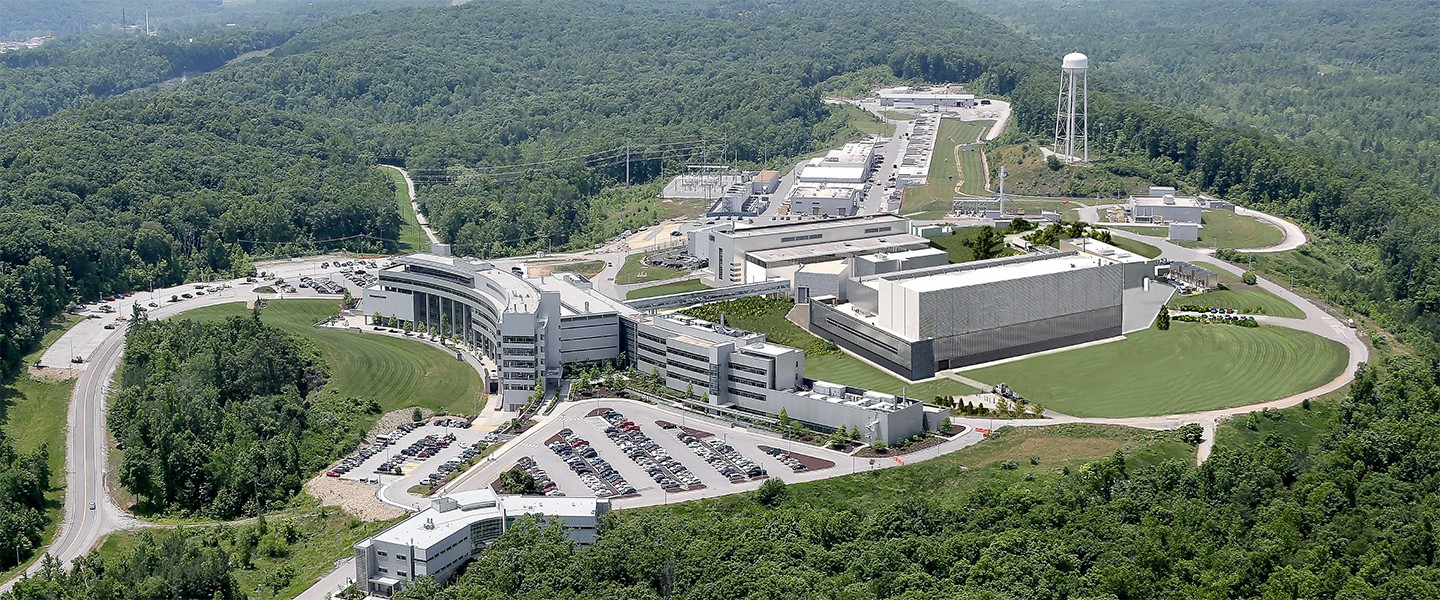Second Target Station: Additional neutron source will meet emerging science challenges
Oak Ridge National Laboratory (ORNL) is moving forward with plans for a major upgrade to the Spallation Neutron Source (SNS) to add a Second Target Station to address emerging science challenges.
Neutron scattering is an essential technique for advancing materials research that supports the US economy and offers solutions to challenges in energy, security, and transportation. It provides information that cannot be obtained using any other research method.
Since reaching a major milestone in November 2020 when the US Department of Energy (DOE) officially gave the project Critical Decision 1 (CD-1) approval, the project has continued working on the next phases of design and development. The project recently completed a CD-3A review as part of the process to seek approval for preparing the STS construction site. The review recommended that the project proceed to the next stage in the DOE approval process. If final approval is received, work could begin as early as later this year (2025).
At ORNL, scientists from around the world access two neutron sources with complementary capabilities to better understand the materials important in physics, biology, chemistry, materials science, and engineering. The SNS provides the most intense, pulsed accelerator-based neutron beams in the world, while the High Flux Isotope Reactor (HFIR) is the highest flux reactor-based source of neutrons for research in the United States and provides one of the highest steady-state thermal and cold neutron fluxes of any research reactor in the world.
The capabilities of the STS will complement those of the SNS First Target Station (FTS) and HFIR, by filling gaps in materials research that require the combined use of intense, cold (longer wavelength) neutrons and instruments that are optimized for exploration of complex materials. Together, these three facilities form an unbeatable combination that will maintain US global leadership in neutron science capabilities. The STS will feature:
- The ability to simultaneously probe the structure and function of complex materials across broader length and time scales, contributing to the understanding and design of novel, complex materials.
- Neutron beams ideal for exploiting the magnetic interaction of neutrons with matter to unravel the structure and dynamics arising in complex magnetic materials.
- High-brightness cold neutrons that are suited for experiments with smaller samples than what is currently possible using the SNS First Target Station (FTS).
- Experiments that will be complemented by other ORNL capabilities, such as high performance computing (HPC), that can contribute to all areas of research.



